A history of mismanagement: Building nuclear facilities on the taxpayer’s dime
❮
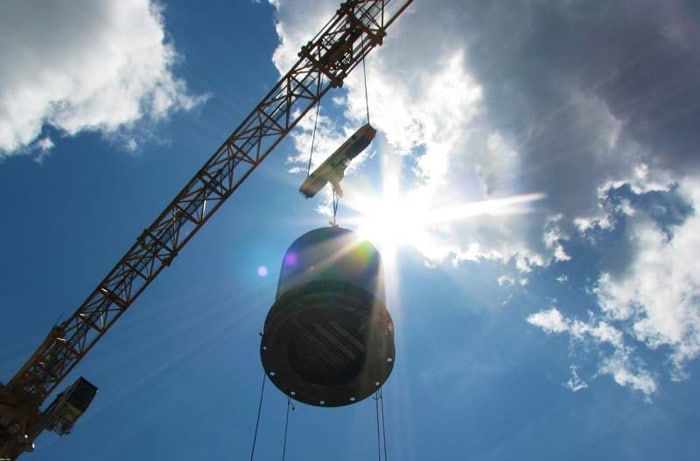
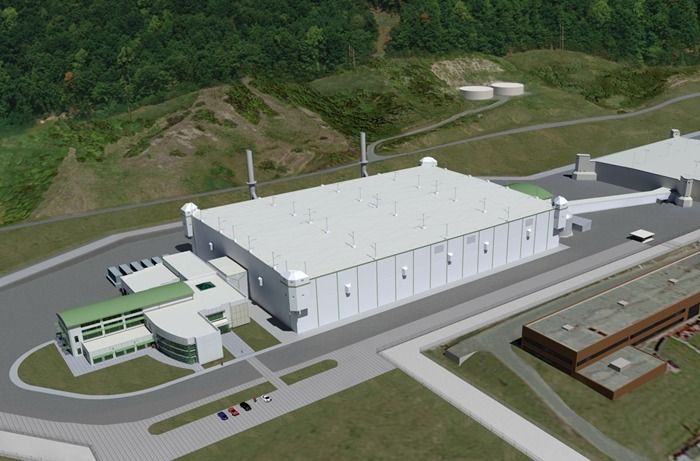
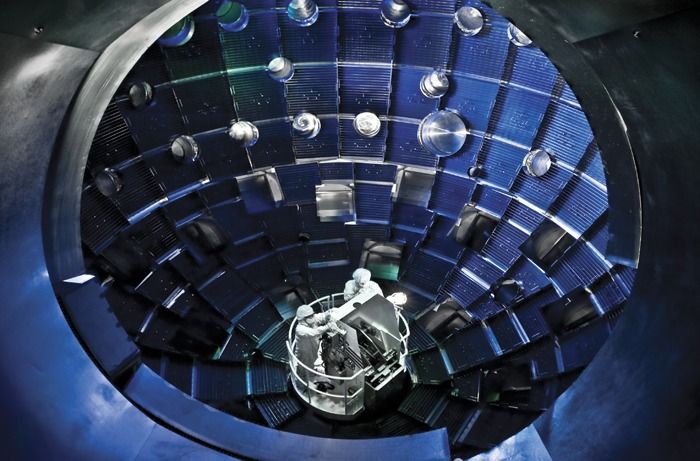
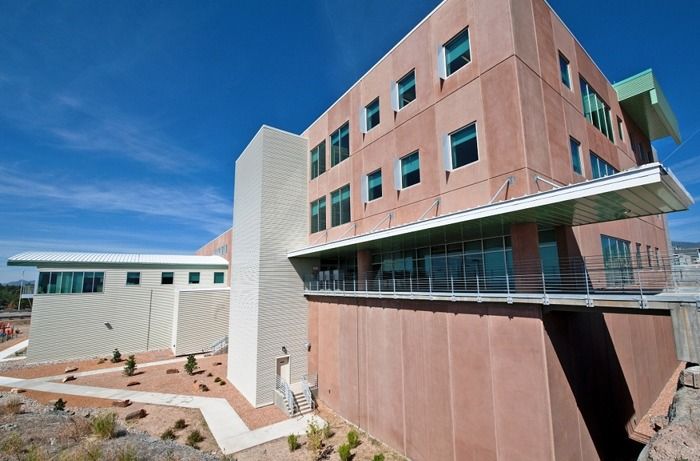
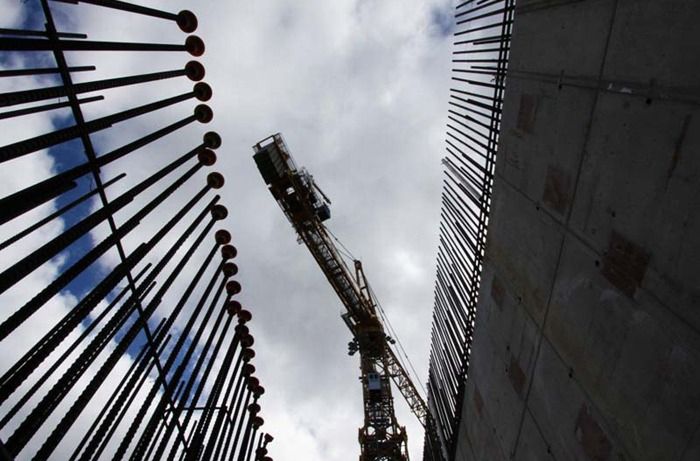 ❯
❯
1 / 5

2 / 5

Name: Uranium Capabilities Replacement Project at the Y-12 National Security Complex in Oak Ridge, TennesseeOriginal price tag: $600 million to $1 billionOriginal completion date: 2018Current price tag: $6.5 billion to $11.6 billionProjected completion date: Uranium processing capabilities will be completed by 2025; the facility will be fully operational by 2038.What the facility does: The project will ensure the long-term capabilities, safety, and security of enriched uranium operations at Y-12. Specifically, this new facility will provide uranium feedstock for use by the NNSA’s Naval Reactors Program to design and develop naval nuclear propulsion plants; the disassembly of nuclear bomb secondaries, the highly enriched uranium portion of a nuclear warhead; and the assembly of new secondaries.Reasons for cost overrun: Early cost estimates for the facility were based on inaccurate estimates for the Highly Enriched Uranium Materials Facility, a recently finished companion building to UPF that also massively increased in cost at Y-12. In late 2012, the Defense Nuclear Facilities Safety Board found that B&W Y-12, the managing contractor for the project's construction, did not properly manage four subcontractors doing design work. This resulted in a space and fit issue that not only added $500 million and 13 months to the project, but also burned through 45 percent of contingency funds.
3 / 5

Name: National Ignition Facility at the Lawrence Livermore National LaboratoryOriginal price tag: $1.1 billionOriginal completion date: 2002Final price tag: $6 billionCompletion date: 2010What the facility does: To better understand the physics of nuclear weapons and future energy production, the facility focuses the intense energy of 192 giant laser beams on a BB-sized target filled with hydrogen fuel, fusing the hydrogen atoms' nuclei, and releasing many times more energy than it took to initiate the fusion reaction. This facility is capable of creating temperatures and pressures similar to those that exist only in the cores of stars and giant planets and inside nuclear weapons. Achieving nuclear fusion in the laboratory is at the heart of this project.Reasons for cost overrun: Energy Department and Livermore Laboratory officials did not adequately plan for the assembly and installation of the facility’s 192 laser beams during construction and did not effectively use independent review committees to identify and prevent these problems from becoming so costly. Furthermore, weak oversight and management from Energy and NNSA allowed cost and schedule issues to increase.
4 / 5

Name: Chemistry and Metallurgy Research Replacement-Nuclear Facility (CMRR-NF) at the Los Alamos National LaboratoryOriginal price tag: $375 millionOriginal completion date: Between 2013 and 2017Final price tag: $3.7 billion to $5.9 billionProjected completion date: Because funding has been deferred, an official completion date has not been announced yet.What the facility does: CMRR-NF will house laboratory space for plutonium research and development, as well as storage for special nuclear material. The facility will replace the current Chemistry and Metallurgy Research building, which supports programs in stockpile surveillance, non proliferation and nuclear safeguards, nuclear materials technologies, environmental stewardship, and other projects.Reasons for cost overrun: The original cost estimate for the CMRR-NF was completed before a detailed project design was fully underway. Thus, adjustments made to the project design and certain seismic-related design changes added close to $500 million to the cost. Furthermore, delays in construction added approximately $1.2 billion to the cost due to inflation and increases in worker’s wages. The NNSA has agreed to zero out funding for the CMRR-NF facility for the next five years, which will save at least $1.8 billion.
5 / 5

Name: Mixed Oxide Fuel Fabrication Facility at Savannah River Site in South CarolinaOriginal price tag: $1.6 billionOriginal completion date: 2007Final price tag: $7.7 billionFinal completion date: Because funding has been deferred, no concrete completion date has been set yet.What the facility does: NNSA set out to build the MOX facility to convert weapons-grade plutonium into mixed oxide fuel for use in nuclear power reactors. However, the project lacks even a single customer, and the use of the fuel in certain reactors will still require years of safety testing.Reasons for cost overrun: The NNSA has stated that part of the reason for such massive cost overruns was inadequately designed system components. MOX's design is based on a similar facility in France, but when construction of the MOX facility at Savannah River was approved, the NNSA did not have a clear understanding of the cost of adapting the French design. The Energy Department has also stated that other contributing factors were higher equipment costs and higher-than-expected technical staff turnover. Funding for the MOX facility will decrease 75 percent over the next five years as alternative plutonium disposal strategies are explored.
Bulletin Staff | September 24, 2013
The Energy Department’s long history of project mismanagement.